Core Interior Design Principles and Styles: A Comprehensive Guide
Interior design is more than just arranging furniture or choosing color schemes, it’s the art and science of enhancing a space to make it more functional, aesthetically pleasing, and reflective of the people who inhabit it. Whether you’re a design enthusiast, a homeowner, or an aspiring interior designer, understanding the core principles and popular styles of interior design can significantly elevate your approach to any space.
How to Apply Interior Design Principles in Your Home?
Applying interior design principles in your home transforms a collection of furnishings into a cohesive, functional, and aesthetically pleasing space. It’s not about strict rules, but rather guidelines that help you create a harmonious environment that reflects your personal style.
Here’s a breakdown of how to apply the key interior design principles in your home:
Core interior design principles
These fundamental principles serve as the foundation for every successful design project:
1. Balance
Balance in design refers to the visual equilibrium achieved by distributing elements evenly throughout a space. It comes in three main forms:
- Symmetrical Balance: Mirror image layout (common in traditional designs).
- Asymmetrical Balance: Dissimilar elements that are visually balanced (modern and dynamic).
- Radial Balance: Elements arranged around a central focal point (e.g., a round dining table with chairs).
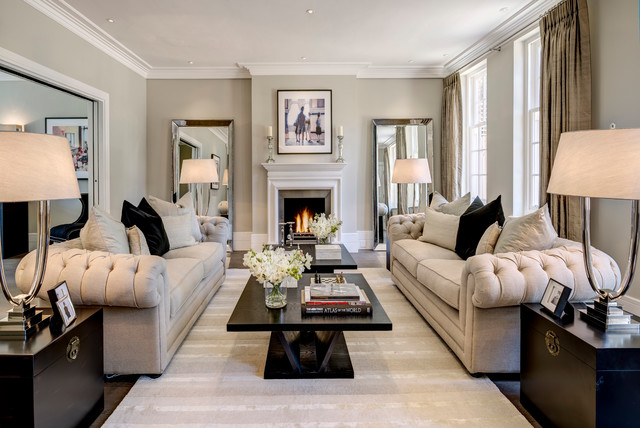
2. Harmony and Unity
All the elements in a room should feel like they belong together. Color schemes, textures, patterns, and styles must work in harmony to create a cohesive environment.
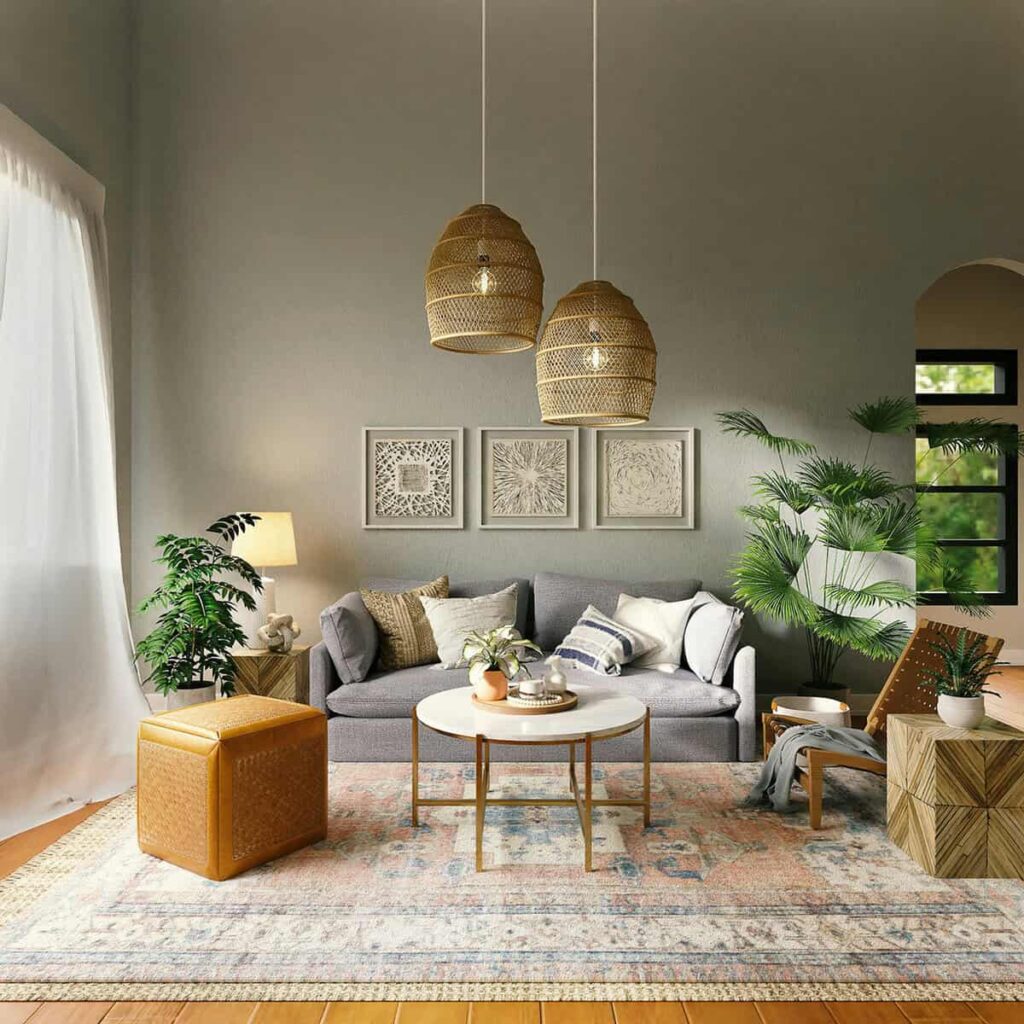
3. Rhythm
Just like in music, rhythm in design creates movement and flow. This is achieved by repeating visual elements such as colors, shapes, or patterns, to guide the eye around the room.
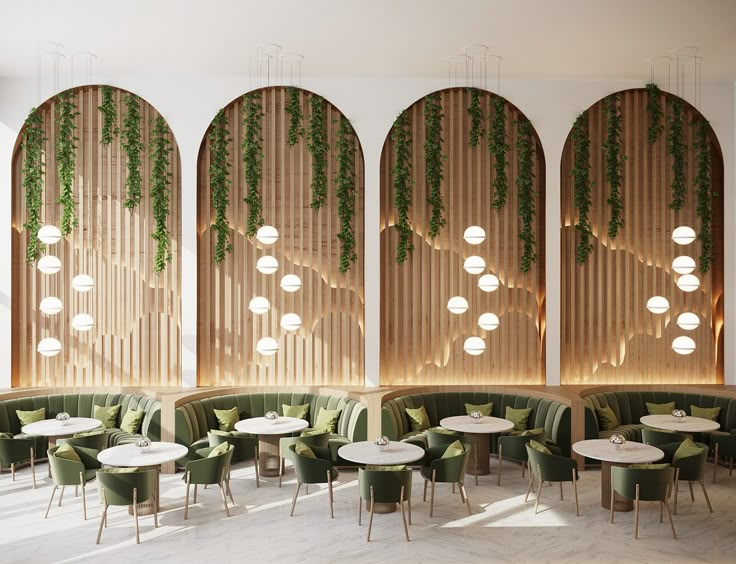
4. Emphasis (Focal Point)
Every room needs a focal point, a dominant element that draws attention. This could be a fireplace, a statement artwork, or even a piece of furniture. The rest of the design should support and enhance this focal feature.
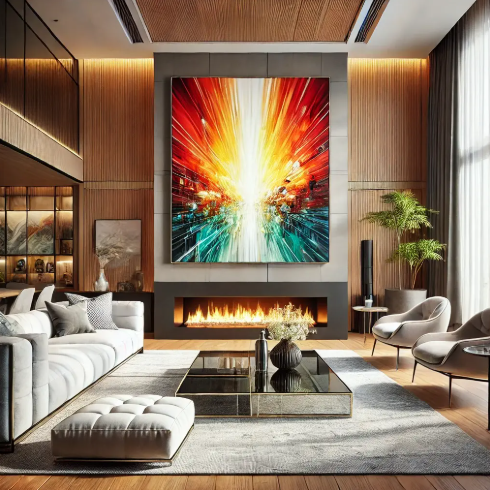
5. Proportion and Scale
Proportion refers to how elements relate to each other in size, while scale refers to how they relate to the overall space. Furniture and décor should be appropriately sized not too large or too small for the room.
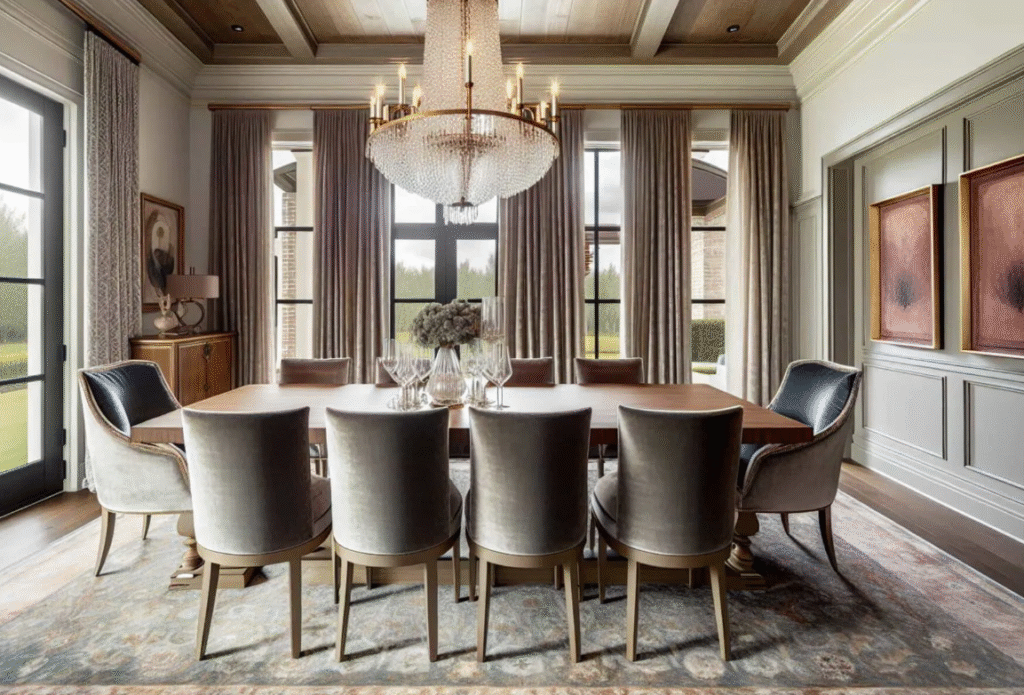
6. Contrast
Contrast adds visual interest and drama. It can be achieved through color (black and white), texture (rough and smooth), or shape (round and angular).
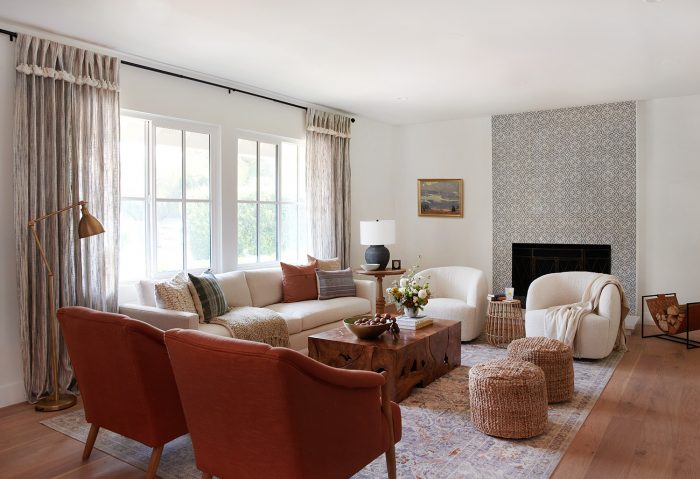
7. Details
The finishing touches – trims, hardware, stitching, and accessories – bring the design together. Thoughtful details elevate the overall aesthetic.
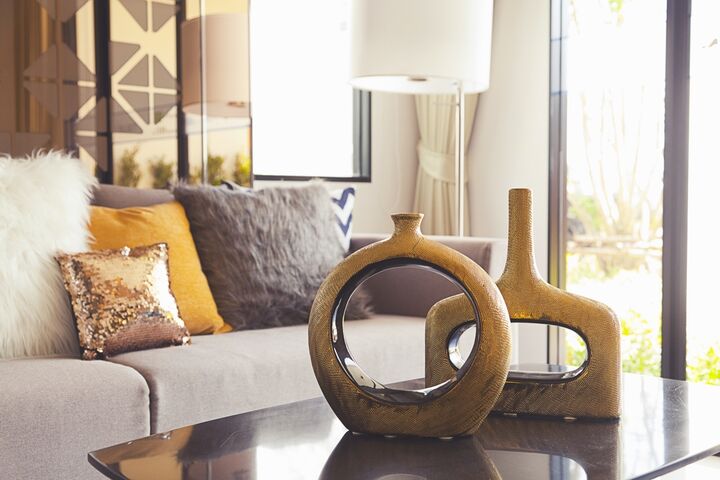
Popular Interior Design Styles
Understanding different design styles helps you identify your preferences and create a personalized space. Here’s a breakdown of some of the most influential interior design styles:
1. Modern
- Characteristics: Clean lines, minimal décor, open spaces, neutral color palette.
- Materials: Glass, steel, concrete, and natural wood.
- Mood: Sleek, functional, and uncluttered.
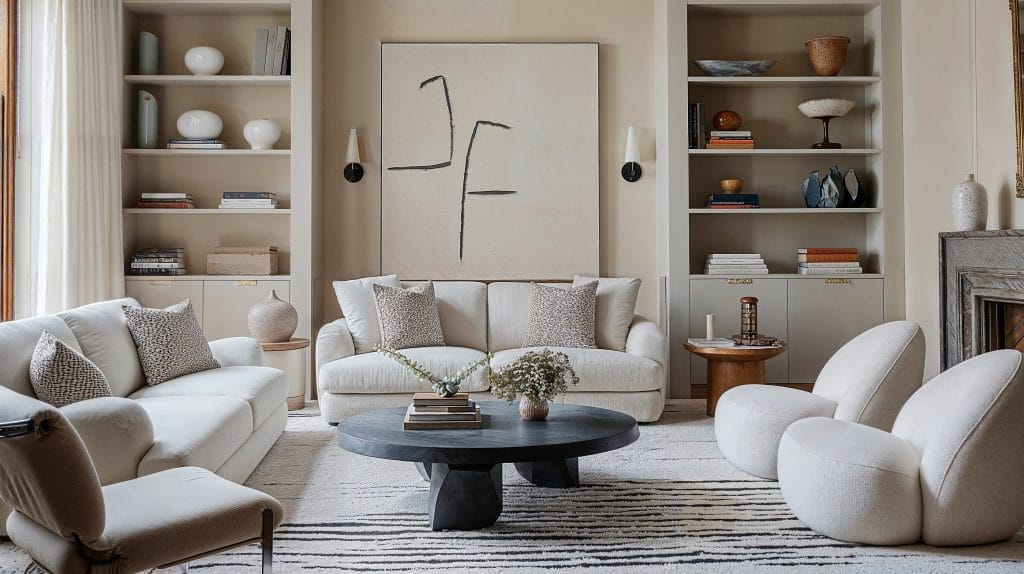
2. Contemporary
- Characteristics: Ever-evolving, current trends, mix of old and new.
- Materials: A mix of textures — matte and glossy, natural and synthetic.
- Mood: Fluid and fresh, often with bold accents.
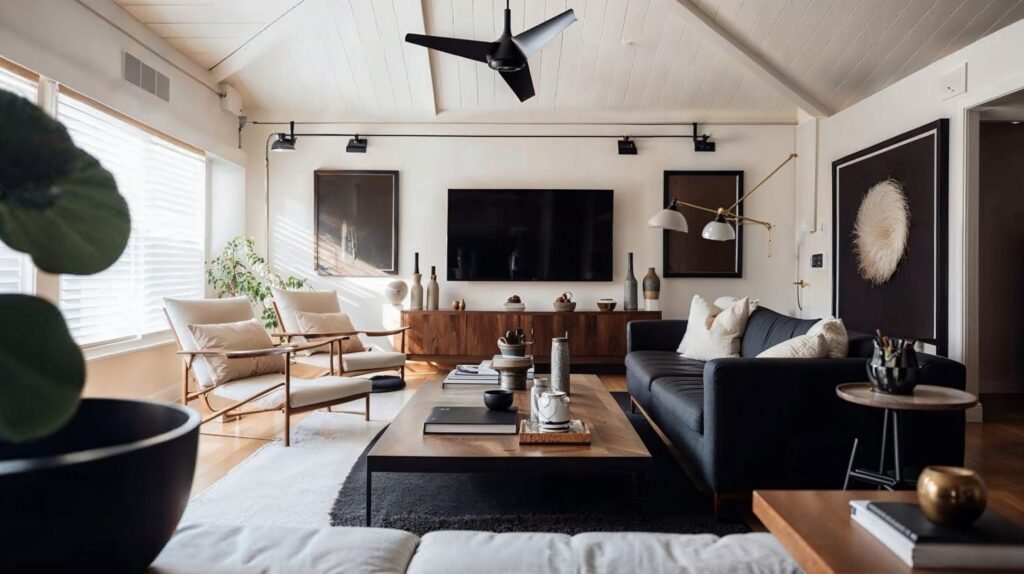
3. Traditional
- Characteristics: Rich colors, ornate details, classic furniture, symmetry.
- Materials: Dark woods, velvet, silk, antiques.
- Mood: Elegant, timeless, formal.
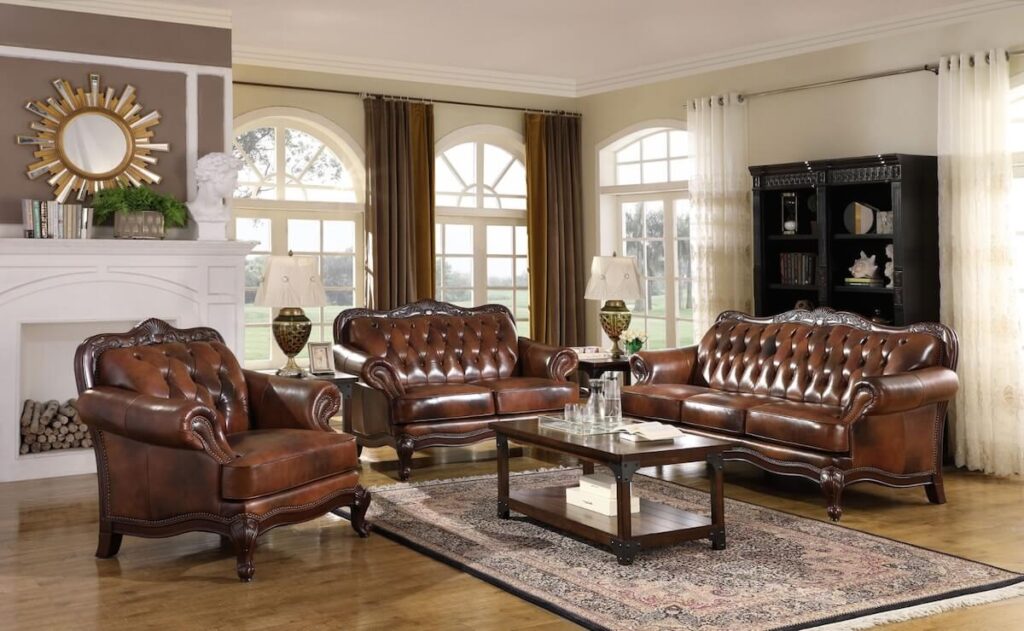
4. Transitional
- Characteristics: Blend of traditional and modern elements.
- Materials: Balanced mix — soft fabrics with streamlined furniture.
- Mood: Sophisticated, warm, and versatile.
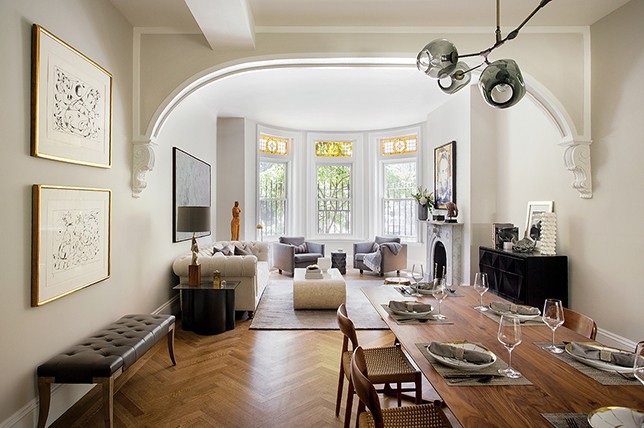
5. Minimalist
- Characteristics: “Less is more” approach, neutral tones, functional furniture.
- Materials: Smooth surfaces, hidden storage.
- Mood: Calm, clean, intentional.
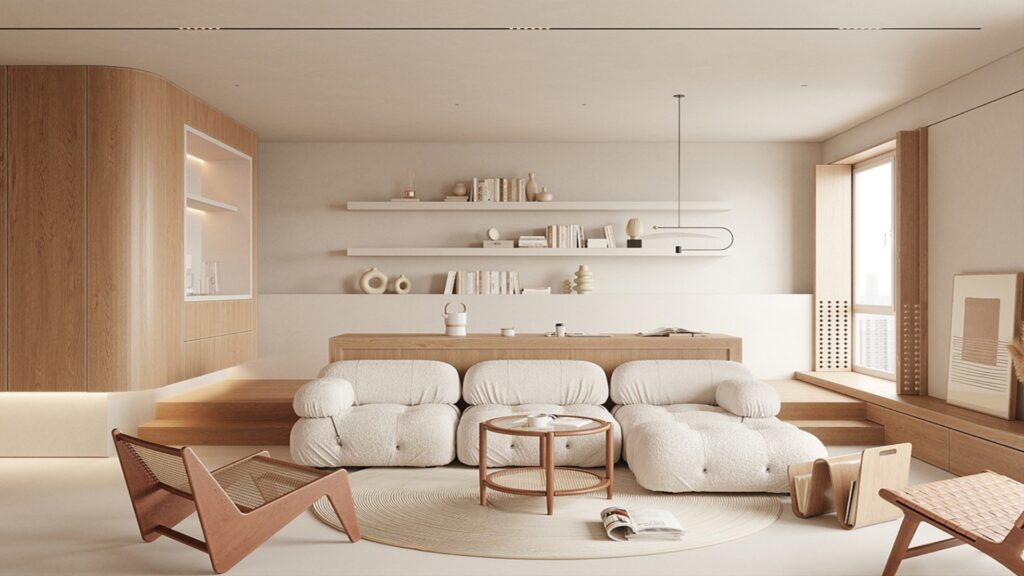
6. Scandinavian
- Characteristics: Light colors, natural light, functionality, cozy elements.
- Materials: Wood, wool, simple fabrics.
- Mood: Bright, welcoming, minimal yet warm.
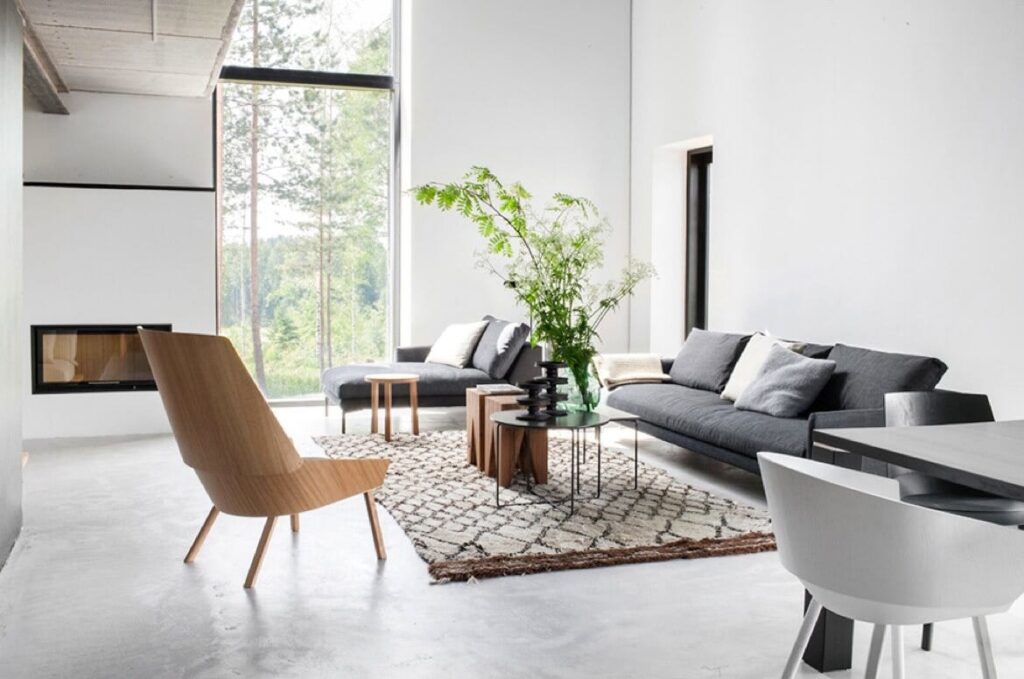
7. Industrial
- Characteristics: Exposed beams, pipes, brick walls, urban edge.
- Materials: Metal, reclaimed wood, concrete.
- Mood: Raw, rugged, edgy.
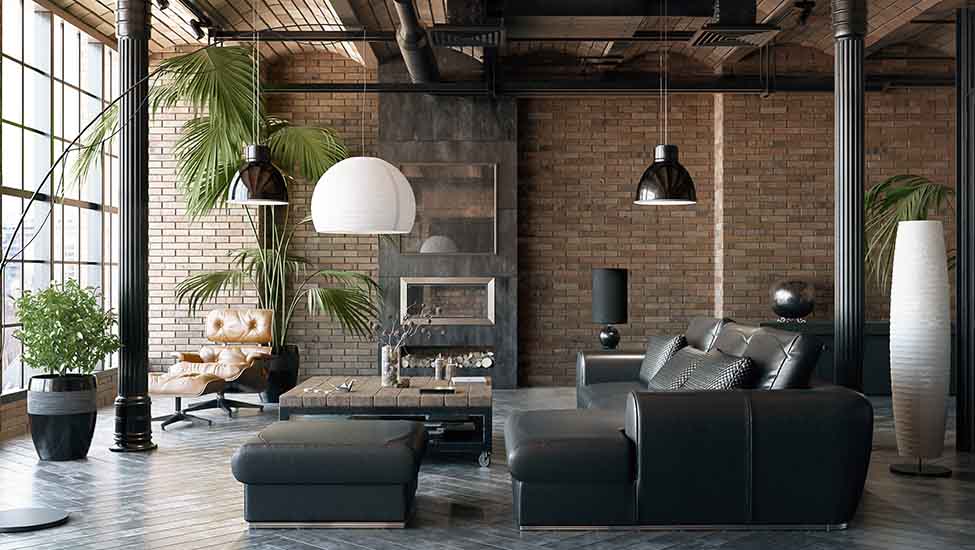
8. Bohemian (Boho)
- Characteristics: Eclectic, vibrant, globally inspired décor.
- Materials: Layered textiles, handcrafted items, plants.
- Mood: Free-spirited, creative, colorful.
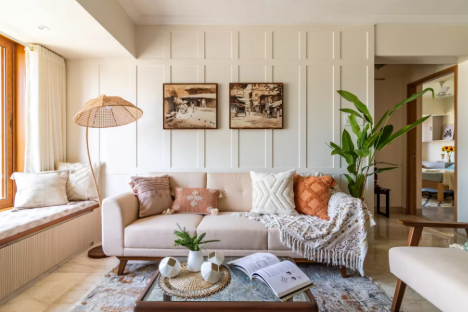
9. Coastal
- Characteristics: Light tones, natural textures, ocean-inspired accents.
- Materials: Linen, jute, wicker, driftwood.
- Mood: Breezy, relaxed, beachy.
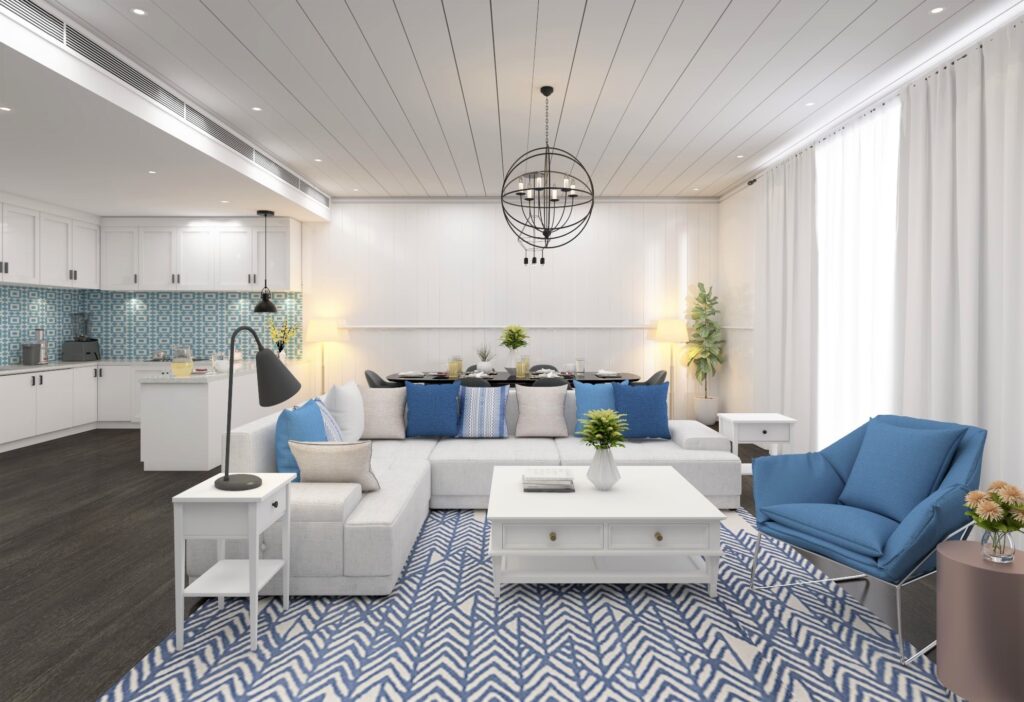
10. Farmhouse (Modern & Rustic)
- Characteristics: Shiplap walls, barn doors, rustic wood elements.
- Materials: Reclaimed wood, vintage finds, neutral fabrics.
- Mood: Cozy, charming, inviting.
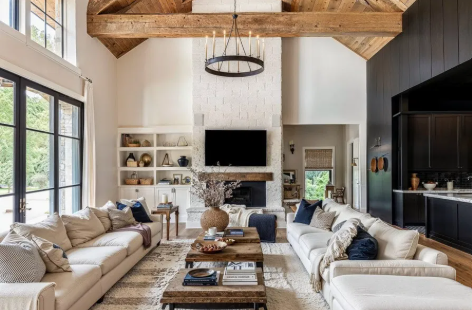
How to Choose the Right interior design Style for You
Choosing a style involves more than picking what’s trending. Consider:
- Your lifestyle: Do you need a child-friendly or pet-friendly space?
- Your taste: Do you prefer bold or neutral tones? Minimal or maximal design?
- Your space: Architectural features and layout often dictate what will work best.
- Your budget: Some styles (e.g., traditional or industrial) might require more investment in materials or craftsmanship.
Final Thoughts
Mastering interior design starts with understanding its core principles and familiarizing yourself with its diverse styles. Whether you love the simplicity of Scandinavian design or the richness of traditional décor, the goal is to create a space that is beautiful, functional, and truly yours.
Let your space tell your story — grounded in timeless principles, elevated by a style that fits your soul.

